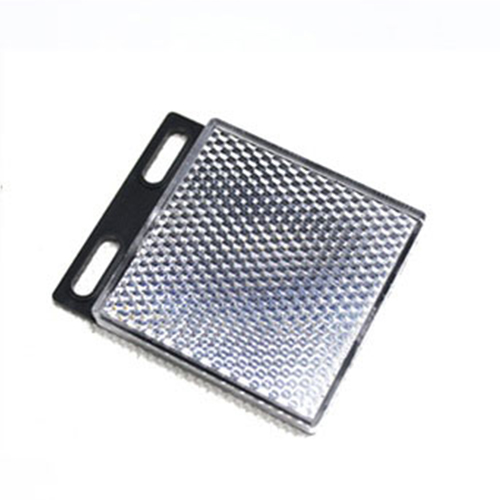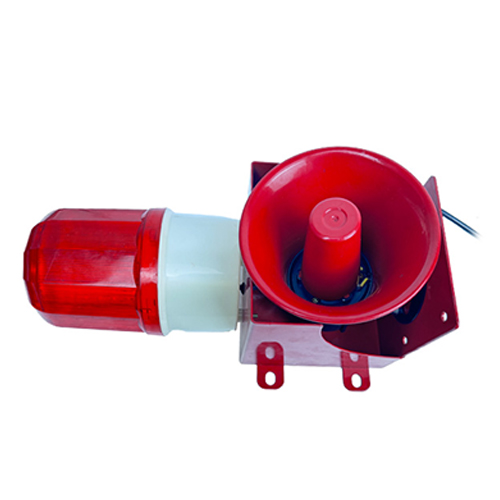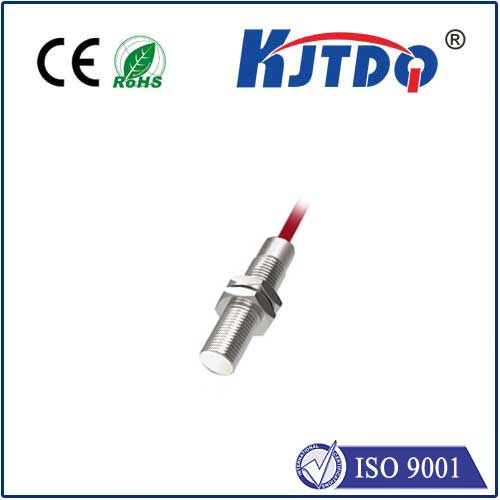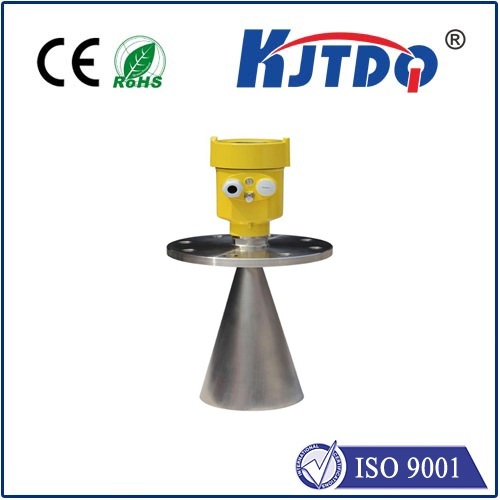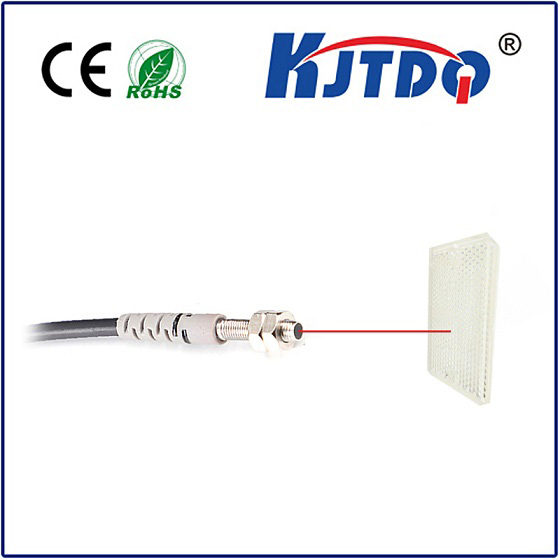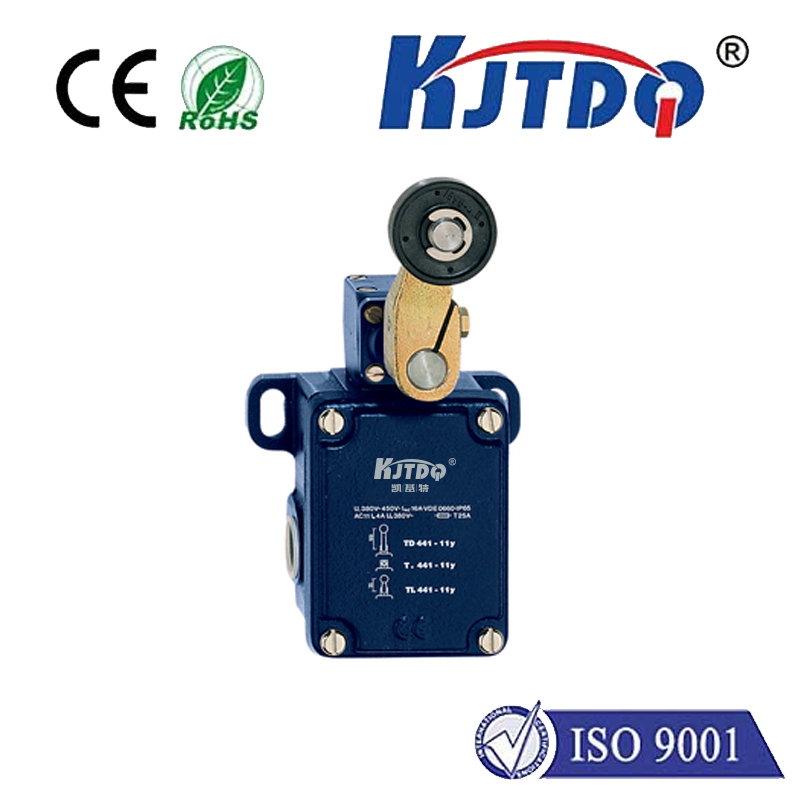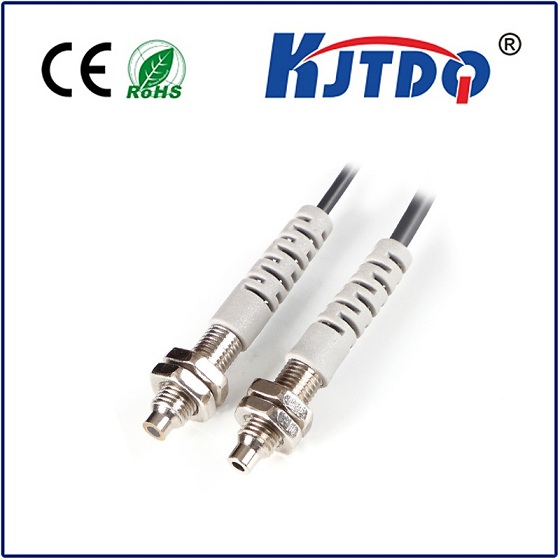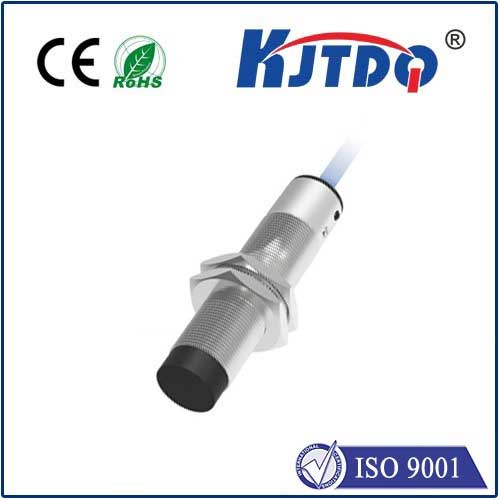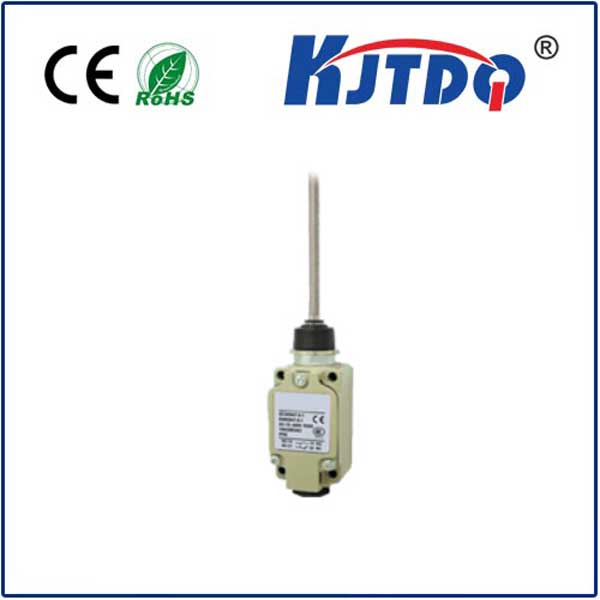ir limit switch
- time:2025-08-04 13:14:21
- Click:0
The Essential Guide to IR Limit Switches: Precision Detection Without Contact
In the intricate world of automation and machinery control, ensuring precise positioning and preventing over-travel is paramount. While traditional mechanical limit switches have served reliably for decades, a more advanced, non-contact solution offers unique advantages in many demanding applications: the IR Limit Switch. This technology harnesses the power of infrared light to provide accurate, wear-free object detection, revolutionizing safety and positioning tasks across numerous industries.
Understanding the Core: What is an IR Limit Switch?
At its heart, an IR limit switch is an optoelectronic sensor. It operates on a simple yet effective principle. The switch consists of two key components housed within a single unit or sometimes separated:
- An IR Emitter (Transmitter): This component generates an invisible beam of infrared light.
- An IR Receiver (Detector): Positioned to receive the beam, this component reacts to its presence or absence.
When the emitted beam travels uninterrupted from the emitter to the receiver, the switch remains in its default “normal” state (often open or closed, depending on configuration). However, when an object interrupts this beam, the receiver detects the loss of infrared light. This triggers the switch to change its electrical state – opening or closing a circuit – signaling the presence of the object to the control system. This state change functions identically to a physical limit switch being actuated, hence the name IR limit switch.
Why Choose IR Over Traditional Mechanical Switches? The Compelling Advantages

The adoption of infrared limit switches is driven by several significant benefits inherent to their non-contact operation:
- Zero Mechanical Wear: Unlike mechanical switches relying on physical levers or plungers being pressed, IR switches have no moving parts to wear out, bend, or break due to repeated impact. This translates to vastly increased lifespan and reduced downtime for maintenance or replacement.
- Exceptional Reliability: Free from mechanical wear and tear, these sensors offer highly consistent and repeatable operation over extremely long periods. Their performance isn’t degraded by vibration or shock that might affect mechanical components.
- High-Speed Detection: The speed of light is unmatched. IR limit switches can detect objects interrupting the beam incredibly quickly, making them suitable for high-speed automation and packaging lines where rapid response is critical.
- Clean Operation: Ideal for sterile environments like food & beverage processing, pharmaceuticals, or cleanrooms. Since there’s no physical contact, there’s no risk of contamination from switch debris or lubricants.
- Reduced Maintenance Costs: The lack of moving parts significantly lowers the total cost of ownership by eliminating frequent adjustments, lubrication, or part replacements associated with mechanical switches.
- Quiet Operation: No audible “click” associated with mechanical actuation, contributing to a quieter work environment.
Key Considerations for Optimal Performance
While powerful, IR limit switches aren’t a universal solution. Understanding their operating environment is crucial for reliable function:
- Ambient Light Interference: Strong sources of infrared light (like direct sunlight or certain industrial heating elements) can potentially flood the receiver, causing false triggers or failure to detect beam interruption. Look for models featuring modulated IR signals. These use a specific pulsed frequency; the receiver is tuned to only respond to this specific modulated signal, effectively ignoring constant ambient IR light.
- Object Characteristics: For diffuse reflection types (where emitter and receiver are co-located), the switch’s effectiveness depends on the object’s size, surface material (reflectivity), color, and angle. Transmissive types (separate emitter/receiver) primarily rely on the object’s opacity to IR light.
- Environmental Contaminants: Heavy dust, smoke, steam, or dirt buildup on the emitter or receiver lens can attenuate the beam. While generally resistant to light contamination, in extreme environments, regular cleaning or choosing models with higher optical power may be necessary.
- Alignment: Especially for transmissive types with separate emitter and receiver units, precise alignment is critical to ensure the beam hits the receiver directly. Vibration or accidental knocks can misalign them. Mounting stability is key.
Versatile Applications: Where IR Limit Switches Shine
The reliability and non-contact nature of IR limit sensors make them invaluable in countless scenarios:
- Industrial Automation: Detecting the position of carriages, robotic arms, gantries, and elevators. Used as end-of-travel limits, home position sensors, or presence detection on conveyor lines. Essential for CNC machines, automated assembly, and material handling systems.
- Packaging Machinery: Verifying the presence of cartons, bottles, or products on conveyors; detecting jam conditions; confirming flap closure or label application. Their speed is crucial here.
- Printing & Paper Handling: Detecting paper jams, monitoring paper roll diameter (end-of-roll detection), verifying sheet feed, and sensing the edge of media.
- Safety Applications: Forming the core of many safety light curtains where an array of IR beams creates an invisible protective barrier around hazardous machinery. Also used in safety door interlocks.
- Consumer Electronics: Found in appliances like printers, copiers, garage door openers (detecting obstructions), and automatic faucets/toilet flushers.
- Automated Guided Vehicles (AGVs) & Robotics: Used for docking guidance, collision avoidance (bumper sensors often use IR), and position verification.
- Textile Machinery: Monitoring yarn breaks, detecting fabric edges, and controlling tension.
Selecting the Right IR Limit Switch
Choosing the best IR limit switch involves evaluating several factors:
- Operating Principle: Transmissive (Through-Beam) for longest range and most reliable detection of opaque objects or Diffuse (Reflective) where mounting emitter/receiver together is easier but range is shorter and detection depends on reflectivity.
- Sensing Range: The maximum reliable distance between emitter and receiver (for through-beam) or sensor and target (for diffuse).
- Output Type: NPN, PNP, Normally Open (NO), Normally Closed (NC), or analogue options. Must match the input requirements of your PLC or controller.
- Response Time: Critical for high-speed applications.
- Connection Method: Pre-wired cables, rugged M8/M12 connectors, or terminal blocks.
- Housing Material & Protection Rating (IP): Determines suitability for harsh environments (dust, moisture, chemicals). Metal or high-grade plastic housings with IP65/IP67 ratings are common for industrial use.
- Modulation: Crucial for environments with potential ambient IR interference.
Conclusion: A Smart Choice for Modern Automation
The IR limit switch represents a significant evolution in object detection technology. By eliminating physical contact, it delivers unparalleled reliability, longevity, and speed compared to its mechanical predecessors. While factors like ambient light and environmental contaminants require consideration, modulated IR sensors effectively mitigate interference risks. From ensuring the precise positioning of robotic arms to safeguarding personnel around hazardous machines and enabling high-speed packaging lines, the applications are vast and critical. When seeking a robust, low-maintenance, and highly reliable solution for object presence or position detection, understanding and implementing the right infrared limit switch is a strategic move towards optimizing modern automation systems.






